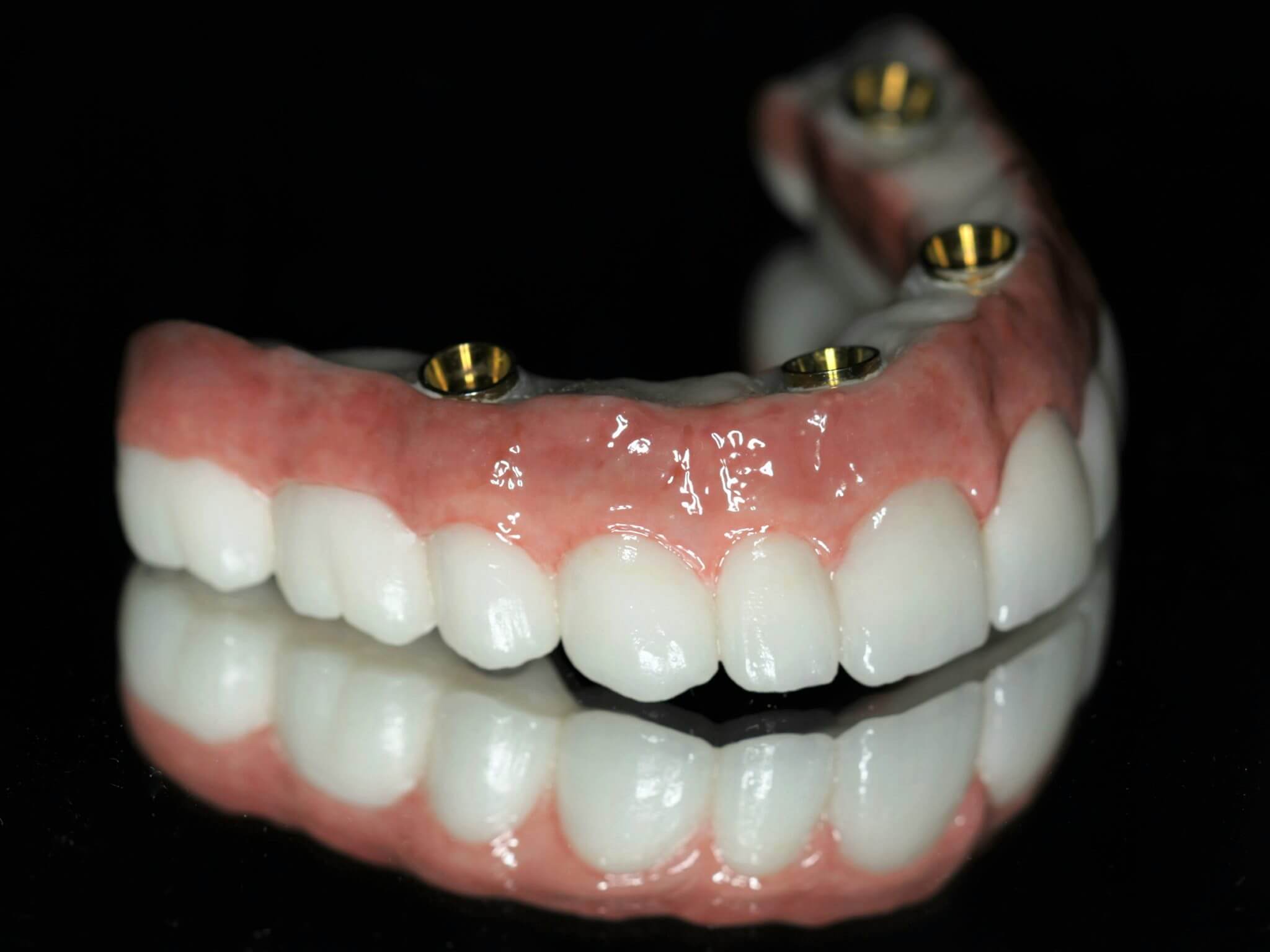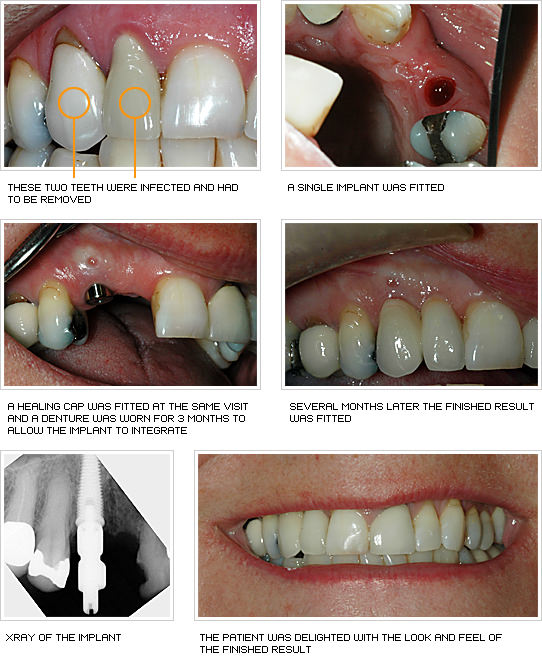Not known Facts About Dental Sense
Not known Facts About Dental Sense
Blog Article
Everything about Dental Sense
Table of ContentsAbout Dental SenseThe Main Principles Of Dental Sense 6 Simple Techniques For Dental SenseSome Ideas on Dental Sense You Need To Know
are clinical devices operatively dental implanted right into the jaw to restore an individual's ability to eat or their look. They offer assistance for fabricated (phony) teeth, such as crowns, bridges, or dentures. When a tooth is shed because of injury or disease, an individual can experience complications such as rapid bone loss, faulty speech, or adjustments to chewing patterns that cause pain.Oral implant systems are composed of an oral implant body and oral implant joint and may also include an abutment addiction screw. Wisdom tooth cavity. The oral implant body is surgically placed in the jawbone in place of the tooth's origin. The oral implant joint is usually attached to the dental implant body by the joint addiction screw and expands with gum tissues into the mouth to support the affixed fabricated teeth
(http://peterjackson.mee.nu/where_i_work#c2504)Structure of The Oral Implant System selecting oral implants, speak with your dental provider concerning the prospective advantages and dangers, and whether you are a candidate for the procedure. Points to think about: Your total health is a vital factor in identifying whether you are a good candidate for dental implants, how much time it will certainly take to heal, and for how long the dental implant may remain in place.
Cigarette smoking may affect the healing process and lower the long-lasting success of the implant. The healing process for the implant body may take numerous months or longer, throughout which time you generally have a temporary joint in place of the tooth. the dental implant treatment: Carefully adhere to the dental hygiene instructions provided to you by your dental company.
An Unbiased View of Dental Sense
Implant failing can cause the requirement for an additional surgery to deal with or replace the implant system. Recovers the capability to eat Recovers cosmetic look Helps keep the jawbone from shrinking because of bone loss Maintains the health and wellness of the bordering bone and gums Assists maintain adjacent (neighboring) teeth secure Enhances lifestyle Damages to bordering natural teeth during dental implant placement Injury to the surrounding tissues throughout surgery, such as sinus opening Injury throughout surgery (as an example, fracture of bordering jawbone) Poor feature, such as really feeling like the teeth do not bite with each other generally A sensation that the tooth hangs or twisting in place arising from a joint screw loosening Implant body failing (looseness of the implant body) due to systemic infection, which may be more probable in patients with uncontrolled diabetes due to regional infection in bone and periodontals sustaining the implant body due to postponed recovery, which may be more probable in patients who smoke Problem cleansing the gum tissues around the implant, resulting in poor dental health Unattended gum disease Post-surgical tingling as a result of nerve impingement or damage Always alert health and wellness treatment carriers and imaging professionals that you have oral implants prior to any type of magnetic resonance imaging (MRI) or x-ray procedures.
FDA is not aware of any kind of unfavorable occasions reported for MRI or x-ray procedures with oral implants. Dental implants systems are normally constructed from products that adhere to international consensus standards of the International Company for Standardization (ISO) or ASTM International. These standards have information of what makes a risk-free material.

An oral implant is a structure that replaces a missing tooth. With screw-like tools, the doctor inserts a dental implant into the jawbone, and it serves as a support for an artificial tooth, called a crown. A tool called an abutment links the synthetic look at this site tooth to the oral implant. The crown is tailor-made to fit the person's mouth and match the shade of their teeth.
The smart Trick of Dental Sense That Nobody is Talking About
Some people are not qualified for dental implant surgery. It is for dental cosmetic surgeons to operate people with: intense illnessuncontrollable metabolic diseasebone or soft tissue condition or infectionIf these problems are fixed, a person can have the surgical procedure. In, dental doctors avoid operating people with: If people with any one of the above undertake oral implant surgical treatment, there is a greater danger of the dental implant stopping working.

Dental implant surgical treatment is a personalized procedure. It's not the exact same for everybody. However the complying with offers a general review of what you can expect your dentist, oral doctor, periodontist or prosthodontist to do: Put the implant surgically. Offer you time to heal. Attach the message and final crown, bridge or denture.
Next, your doctor will very carefully place the oral implant right into your jaw. If your implant is near the front of your mouth, your dentist will make a temporary tooth for you to use up until you heal.
Not known Facts About Dental Sense
Your service provider can tell you what to anticipate in your scenario. During the recovery stage, your jawbone ought to fuse to the dental implant. This process, called osseointegration, is vital for stability and long-lasting success. This procedure can take anywhere from three to 9 months. In some situations, it may take longer.
As soon as your implant heals, your dental practitioner can affix the abutment (tiny connector post) and your last repair (crown, bridge or denture). This usually takes regarding one hour to finish and may require a 2nd minor surgical procedure. You shouldn't feel any type of pain during your oral implant procedure since your supplier will make use of drug to numb your gums.
Report this page